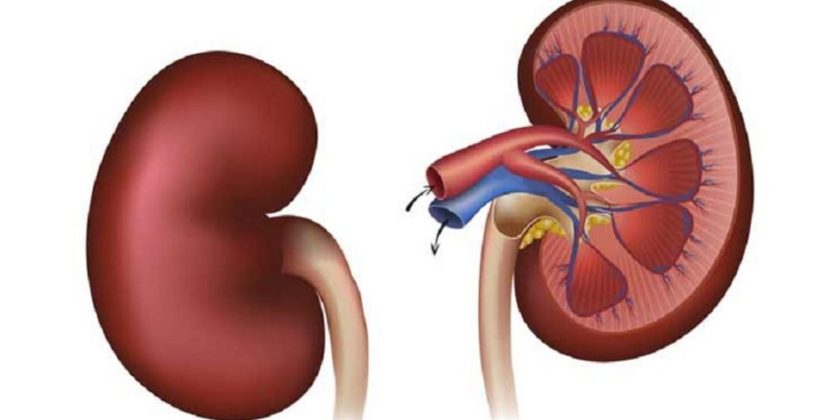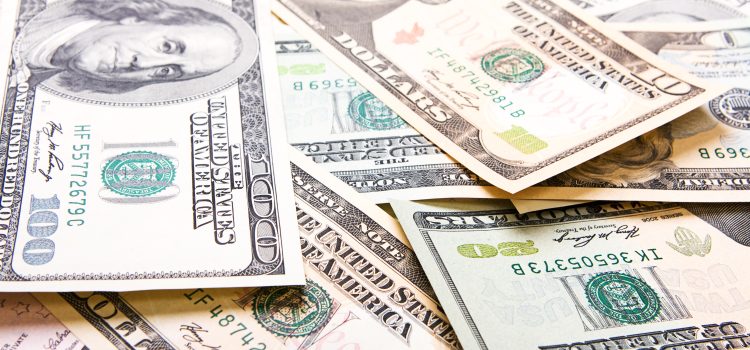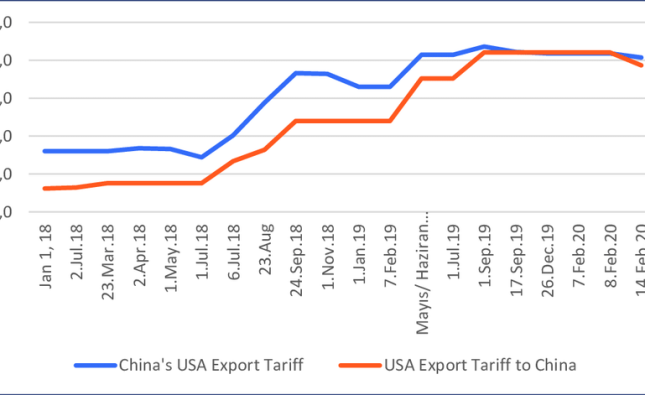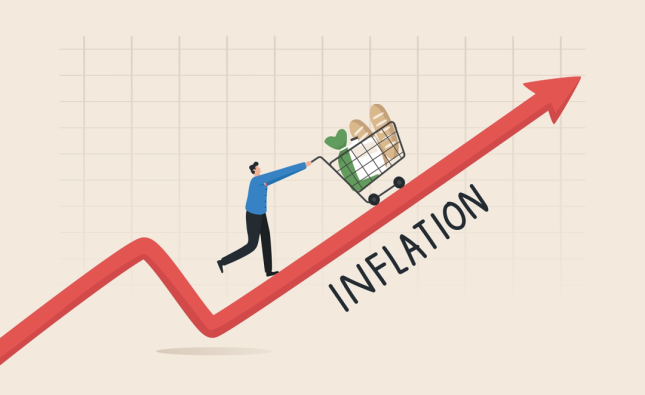
The Impact of Student Loan Forgiveness Programs on the Economy
Student loan forgiveness programs have become a focal point of economic policy discussions, particularly in the context of rising student debt and its implications on both individuals and the broader economy. These programs, aimed at reducing or eliminating the student debt burden for qualifying borrowers, are posited to have a range of economic impacts. This article explores the potential effects of student loan forgiveness programs on the economy, examining both the positive and negative aspects, and provides a comparative analysis of different forgiveness programs.
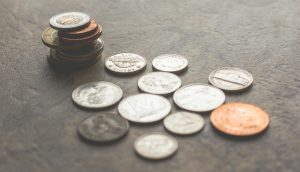
The Scope of Student Loan Debt
Current State of Student Loan Debt
Student loan debt has reached unprecedented levels in recent years. As of 2024, the total student loan debt in the United States surpasses $1.7 trillion, affecting over 44 million borrowers. The burden of student debt is particularly heavy for recent graduates, who often face challenges in securing well-paying jobs immediately after completing their education. This significant debt load can delay major life decisions such as buying a home, starting a family, or saving for retirement.
The Rise of Forgiveness Programs
In response to the growing student debt crisis, various student loan forgiveness programs have been introduced. These programs vary widely in their eligibility criteria and forgiveness amounts. Examples include the Public Service Loan Forgiveness (PSLF) program, Income-Driven Repayment (IDR) plans, and one-time forgiveness initiatives proposed by political leaders.
Economic Impacts of Student Loan Forgiveness
Positive Economic Effects
Increased Consumer Spending
One of the most frequently cited benefits of student loan forgiveness is the potential boost to consumer spending. By reducing or eliminating student debt, individuals may have more disposable income to spend on goods and services. This increase in spending can stimulate economic growth and create jobs, particularly in consumer-driven sectors such as retail and hospitality.
Improved Credit Scores
Forgiveness of student loans can lead to improved credit scores for borrowers. A higher credit score can make it easier for individuals to secure loans for significant purchases such as homes and cars, further driving economic activity. Improved creditworthiness can also reduce borrowing costs for consumers, increasing their financial stability.
Enhanced Entrepreneurial Activity
Reducing student debt burdens can also encourage entrepreneurial activity. Many potential entrepreneurs are hesitant to start their own businesses due to the financial risk posed by their student loans. Forgiveness programs can alleviate this concern, potentially leading to an increase in new business ventures, innovation, and job creation.
Negative Economic Effects
Moral Hazard
Critics of student loan forgiveness programs argue that they may create a moral hazard, encouraging future students to borrow excessively in anticipation of potential forgiveness. This behavior could lead to even higher levels of student debt and undermine the fiscal responsibility of borrowers.
Fiscal Impact
Forgiveness programs can have substantial fiscal costs. Depending on the scale of forgiveness, the federal government may incur significant expenses, potentially increasing the national debt. Critics argue that these funds could be better spent on other priorities such as infrastructure, healthcare, or education.
Inflationary Pressure
Some economists warn that widespread loan forgiveness could contribute to inflationary pressures. An increase in disposable income might drive up demand for goods and services, potentially leading to higher prices. This could complicate monetary policy efforts to control inflation and maintain economic stability.
Analysis Table: Economic Impacts of Student Loan Forgiveness
| Economic Impact | Positive/Negative | Description |
| Increased Consumer Spending | Positive | Reduced debt burden increases disposable income, boosting demand for goods and services. |
| Improved Credit Scores | Positive | Forgiveness can lead to higher credit scores, facilitating access to credit and reducing borrowing costs. |
| Enhanced Entrepreneurial Activity | Positive | Alleviates financial risk for potential entrepreneurs, fostering new business ventures. |
| Moral Hazard | Negative | May encourage future students to borrow excessively, expecting potential forgiveness. |
| Fiscal Impact | Negative | Significant government expenditure required, potentially increasing national debt. |
| Inflationary Pressure | Negative | Increased disposable income could lead to higher demand and prices, complicating inflation control. |
Comparative Analysis of Forgiveness Programs
Public Service Loan Forgiveness (PSLF)
PSLF offers forgiveness to borrowers who work in public service jobs for ten years and make 120 qualifying payments. This program is designed to encourage graduates to pursue careers in public service, which often offer lower salaries compared to the private sector.
Benefits and Drawbacks
The PSLF program incentivizes public service careers, potentially addressing shortages in critical areas such as education and healthcare. However, the program’s complex requirements and high rejection rates have drawn criticism. Many borrowers struggle to navigate the application process, leading to frustration and disillusionment.
Income-Driven Repayment (IDR) Plans
IDR plans adjust monthly loan payments based on the borrower’s income and family size, with remaining balances forgiven after 20 or 25 years of qualifying payments. These plans aim to make loan payments more manageable for borrowers with lower incomes.
Benefits and Drawbacks
IDR plans provide a safety net for borrowers with unstable or low incomes, reducing the risk of default. However, the long repayment period and the tax implications of forgiven amounts can be significant drawbacks. Additionally, the administrative burden of tracking income and family size changes can be challenging for both borrowers and loan servicers.
One-Time Forgiveness Proposals
Various political leaders have proposed one-time forgiveness initiatives, ranging from $10,000 to $50,000 per borrower. These proposals aim to provide immediate relief to a broad swath of borrowers, potentially stimulating the economy quickly.
Benefits and Drawbacks
One-time forgiveness initiatives offer the potential for immediate economic stimulus and relief for millions of borrowers. However, the fiscal cost of these proposals is substantial, and the benefits may disproportionately favor higher-income individuals who hold a larger share of student debt. Additionally, such proposals may not address the underlying issues of rising tuition costs and systemic debt accumulation.
Comparative Table: Key Features of Student Loan Forgiveness Programs
| Program | Eligibility Criteria | Forgiveness Amount | Primary Benefits | Primary Drawbacks |
| Public Service Loan Forgiveness (PSLF) | 120 qualifying payments in public service | Remaining balance after 10 years | Encourages public service careers | Complex requirements, high rejection rates |
| Income-Driven Repayment (IDR) Plans | Income and family size-based payments | Remaining balance after 20-25 years | Makes payments manageable for low-income borrowers | Long repayment period, tax implications |
| One-Time Forgiveness Proposals | Varies by proposal | $10,000 to $50,000 per borrower | Immediate economic stimulus, broad relief | High fiscal cost, may favor higher-income borrowers |
Conclusion
Student loan forgiveness programs have the potential to significantly impact the economy, both positively and negatively. While they can stimulate consumer spending, improve credit scores, and encourage entrepreneurial activity, they also pose risks such as moral hazard, substantial fiscal costs, and inflationary pressures. A balanced approach that addresses both the immediate needs of borrowers and the systemic issues of rising tuition costs and educational funding is essential for maximizing the benefits and minimizing the drawbacks of these programs. As policymakers continue to debate and refine these initiatives, it is crucial to consider their long-term economic implications and strive for solutions that promote financial stability and economic growth.

